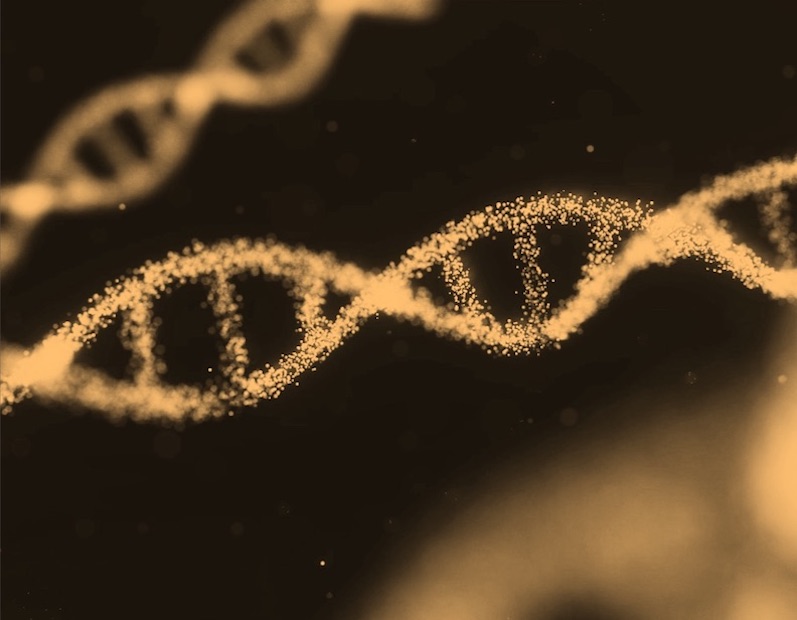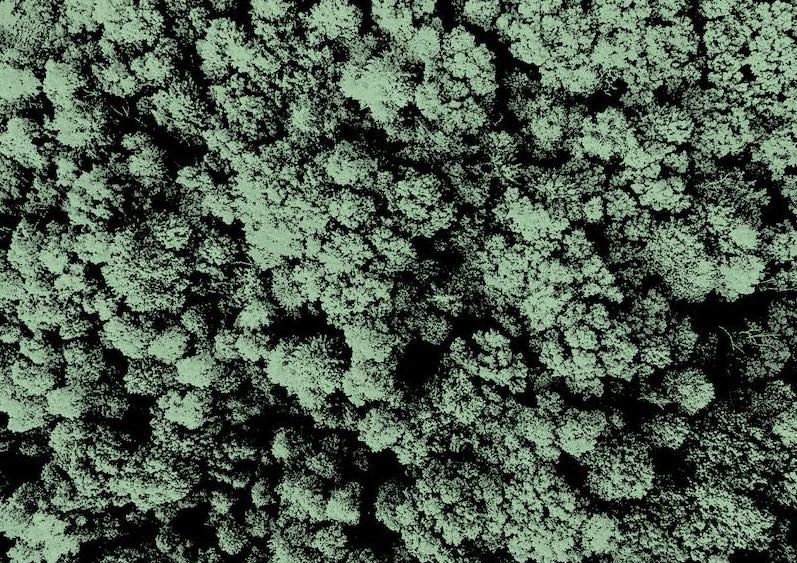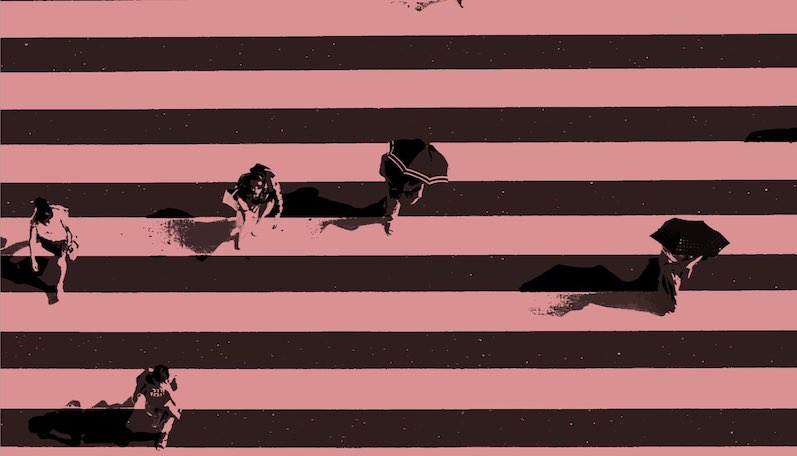What is it about?
Frontline staff in acute settings need to be able to recognise and respond to exploitation concerns to improve outcomes for children and young people (CYP), given the recent rise in prevalence and the risks it poses to them. Exploitation can lead CYP to present with a variety of physical, sexual and mental health problems. However, it was identified that frontline staff at a hospital trust did not always recognise or refer child exploitation cases that presented. As a result, the author and the named nurse for children’s safeguarding decided a simple, trauma-informed flow chart or pathway was required to give staff a way to proactively recognise and respond to contextual safeguarding concerns in hospital. A toolkit was developed to aid health and social care workers in acute settings to identify childhood exploitation. It is designed to encourage professional curiosity and provides staff with questions to ask to support this, alongside a digital flow chart to assess risk and screen for exploitation quickly. This quality improvement project was introduced across an integrated care board area to improve the assessment of CYP at risk of exploitation in the wider context of health and social care concerns.
Featured Image

Photo by Eliott Reyna on Unsplash
Why is it important?
Significant concern within the realm of children’s safeguarding and data show that figures increase annually. Signs of exploitation can be difficult for parents to recognise owing to confusion with normal adolescent behaviours. CYP can often be more at risk to exploitation if they come from unstable environments or have been looked after. The impact of exploitation can lead CYP to attend healthcare settings for a variety of physical, sexual and mental health problems and therefore frontline staff should use professional curiosity to explore these attendances further. The toolkit was developed to encourage professional curiosity and to provide staff with questions to ask to encourage this, alongside a digital flow chart to assess risk and screen for exploitation quickly.
Perspectives
I truly believe with the right training, support, professional curiosity and confidence that staff can identify and respond to exploitation quickly, reducing risk and promoting recovery in the community. I am extremely passionate that we can support these children and young people if we have the right knowledge and skills to do so.
Hannah Jennings
East and north Hertfordshire nhs trust
Read the Original
This page is a summary of: Development of a toolkit to aid health and social care staff in acute hospitals to identify childhood exploitation, British Journal of Nursing, June 2025, Mark Allen Group,
DOI: 10.12968/bjon.2024.0410.
You can read the full text:
Contributors
The following have contributed to this page







